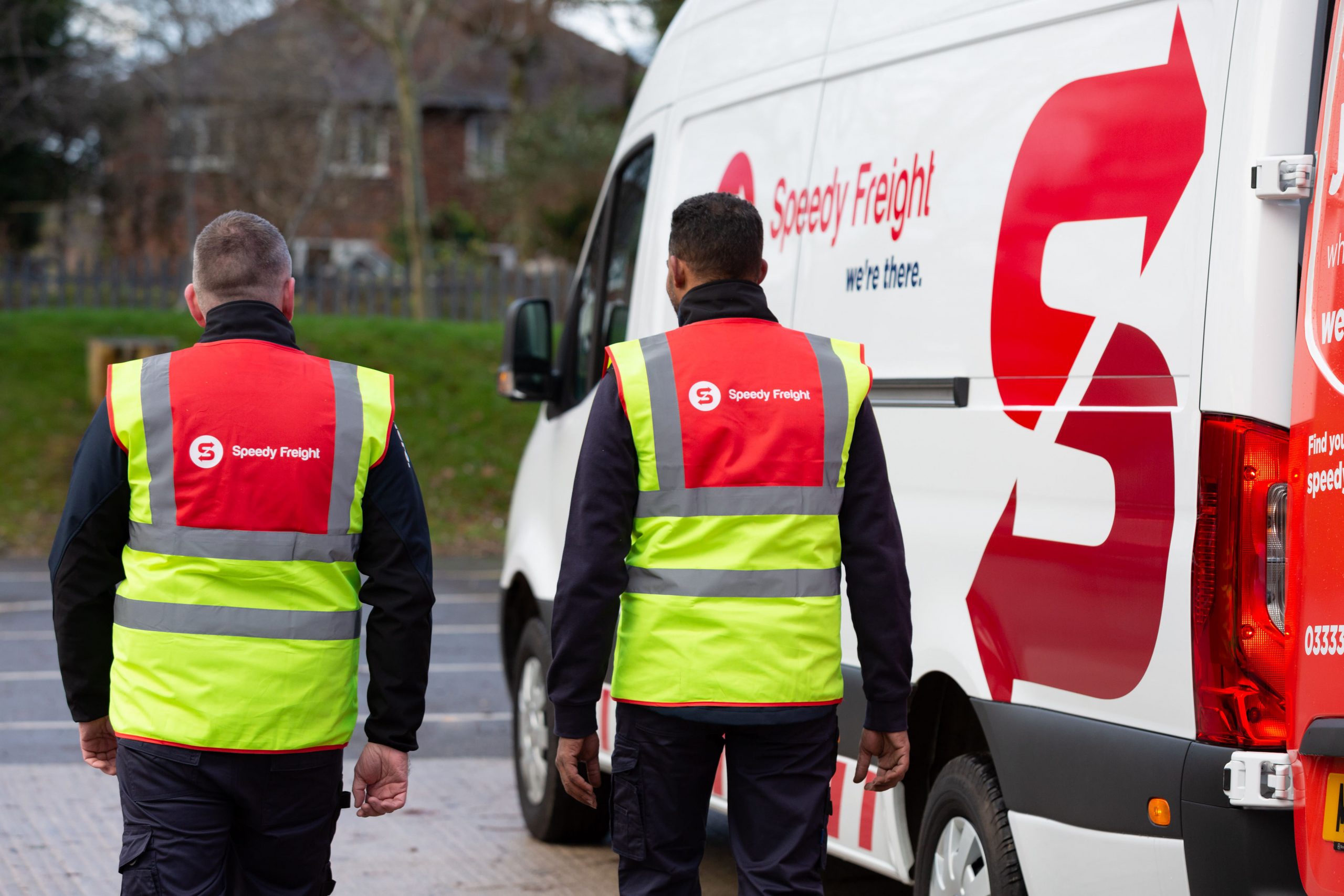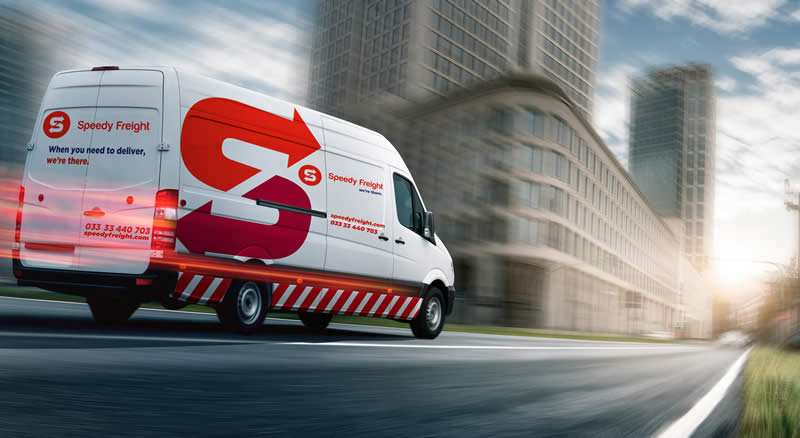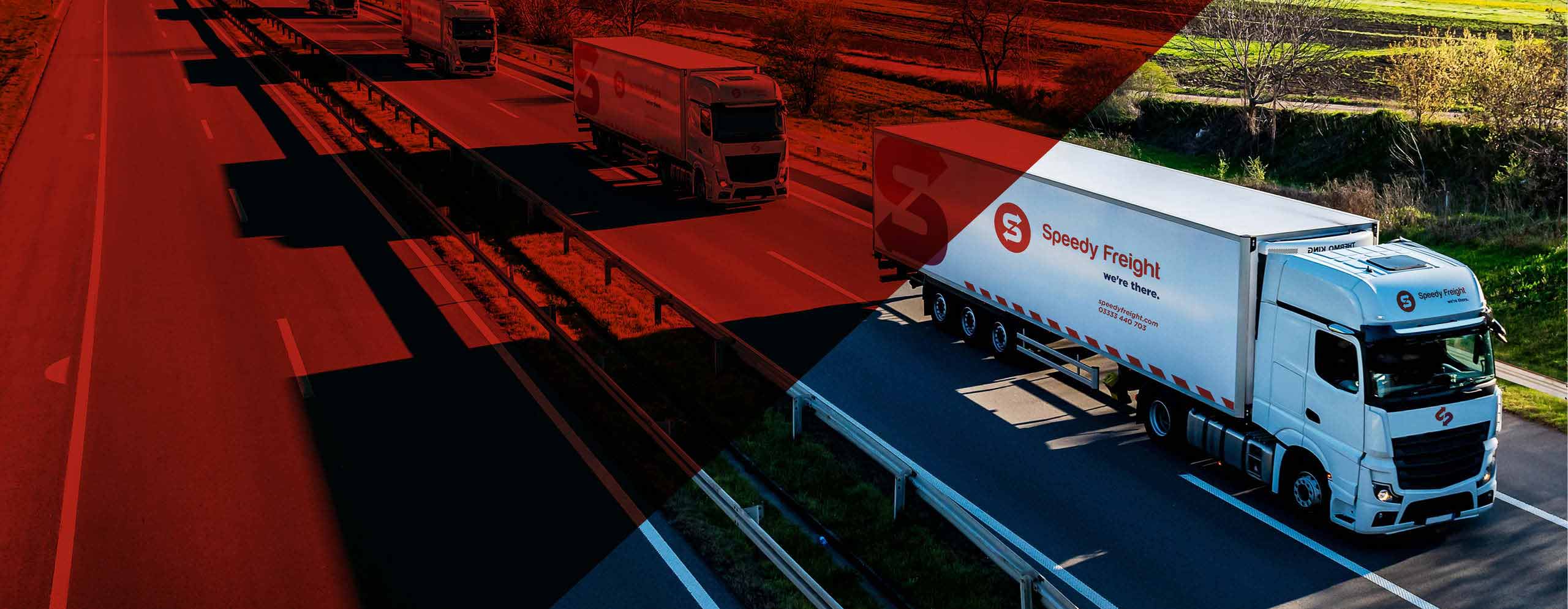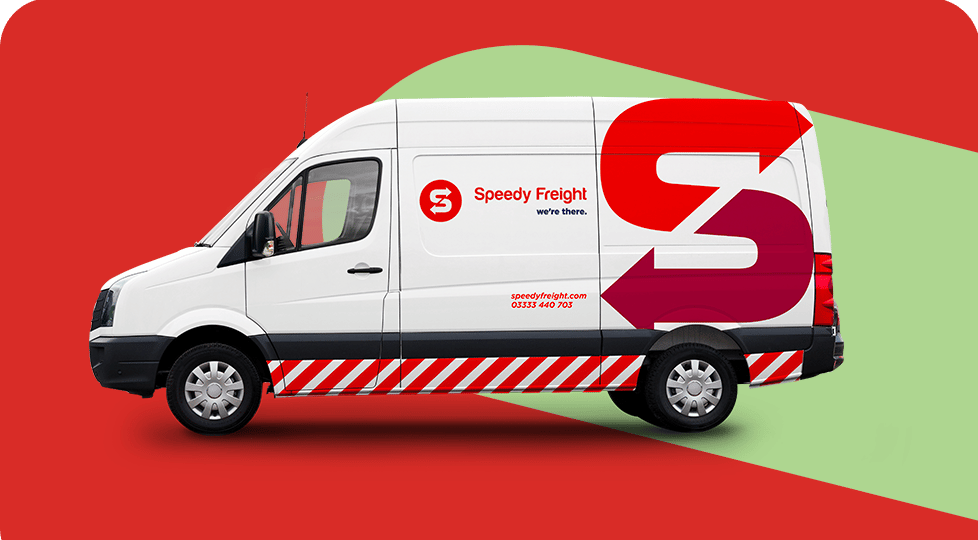What is Cabotage?
Cabotage is goods movement between two domestic points carried out by non-domestic transport operators. As a working example, a HGV from an EU country carrying goods over into London to unload would not be classed as cabotage. However, if the same HGV then took on a new load elsewhere in the UK and transported it back to London, that would then be a cabotage leg.
While cabotage can be attributed to a meagre figure between 1% and 2% of UK road freight volume, low rates can make them highly appealing to businesses. Following Brexit, the UK imposed restrictions on drivers to two legs within a seven day period. In an attempt to douse the flames of supply crisis, these limitations have been eased.
What are the new UK Cabotage Rules?
The new UK cabotage rules see post-Brexit restrictions lifted on a temporary basis. These regulatory changes are to be applied by statutory instruments with a provision noted in the budget. This provision states that vehicle excise duty is to be removed for those vehicles which undertake additional cabotage.
Here are the key facts you need to know about the new UK cabotage rules;
-
Following a week long consultation, the UK Government have announced a temporary extension to road haulage cabotage
-
The restrictions are lifted between 28th October 2021 and 30th April 2022
-
Unlimited movement for up to 14 days following entry into the UK
-
Vehicles undertaking the temporary additional cabotage exempt from the requirement to pay vehicle excise duty
-
Measures have been pushed forward to ease shortages during the Christmas trading season
-
Relaxation applies to all kinds of goods
Why are these changes being made now?
With HGV driver shortfall around the 100,000 job mark, cabotage easing has been earmarked as a short term solution to ongoing supply chain disruption. The news has been awash with shortages, from supermarket shelves to petrol stations, the likes of which can be pinpointed as driving factors behind these regulatory changes being made.
Ministers have been quick to emphasise the temporary nature of the cabotage haulage restrictions. As stated, there’s a real commitment to address structural issues in the UK-based labour force, with a number of initiatives in place to develop this beyond the April 2022 restriction deadline. The changes have been brought it at this time to address the shortage in UK drivers which have disrupted the supply chain.
What do relaxed Cabotage Rules mean moving forward?
It’s unlikely that the relaxed rules will have a long-term effect on the haulage industry. There has been some industry and union resistance to the easing, with a concern around domestic hauliers being undercut. However, it could be argued that the time-limited nature of the cabotage rules provides an opportunity to alleviate pressure while a recruitment and training drive of UK native drivers is undertaken. It’s also important to note that the relaxation of cabotage rules haven’t altered any of the incoming rules which are to come into force on 1st January 2022.
Of course, the easing of cabotage restrictions is a temporary measure. Long term, the government remain committed to growing a high-pay, high-skill UK economy, as reiterated by Transport Secretary Grant Shapps. Relaxation of cabotage rules, however, only serves to underline the importance of understanding the landscape when it comes to importing and exporting goods, particularly as the all-important January deadline looms large. Our guide on new trade rules is another handy resource with further factors to look out for.
Speedy Freight specialise in offering local and national logistical solutions all year round. Our dedicated import and export business service is on hand with everything you need to get Brexit-ready
 EN
EN
























